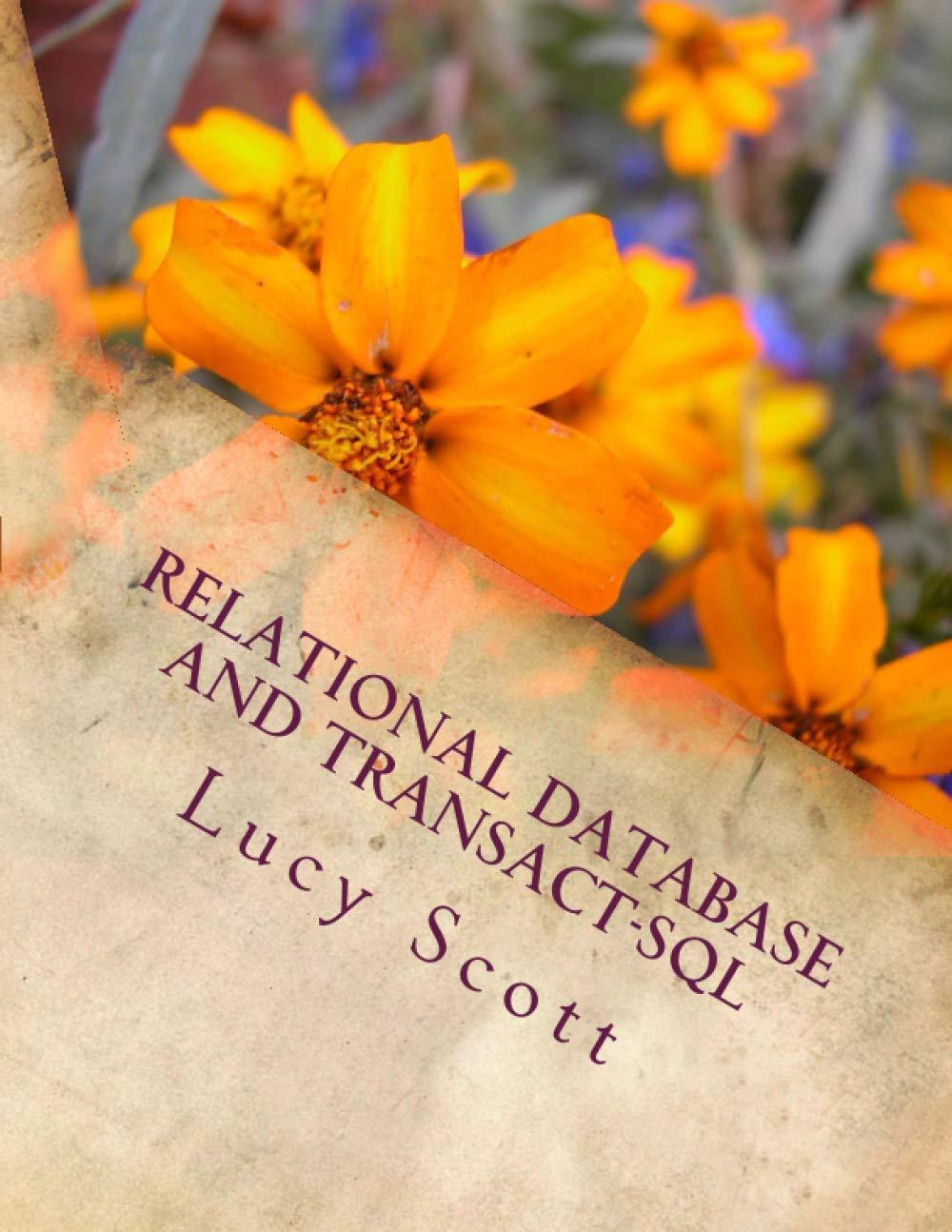Question
Assignment: Write a Java class called CalendarDate in a file named CalendarDate.java that represents a date from the Gregorian calendar. Learning Outcome: Review how to
Assignment: Write a Java class called CalendarDate in a file named CalendarDate.java that represents a date from the Gregorian calendar.
Learning Outcome: Review how to write classes and create objects.
Required Features
Private Instance Variables.
int day
int month
int year
Public Constructor
CalendarDate (int month, int day, int year) Initializes the instance variables. If the month is below 1 then set it to 1. If the month is greater then 12 then set it to 12. If the day is less than 1 then set it to 1. If the day is greater than the number of days in the month then set it to the last day of the month.
The Gregorian calendar was established in 1752. Therefore, if the year is less than 1752 then set it to 1752.
Examples: new CalendarDate(13, 32, 1750) creates a CalendarDate object that represents December, 31, 1752.
new CalendarDate(3, 40, 1800) creates a CalendarDate object that represents March, 30, 1800.
new CalendarDate(-3, -7, 1950) creates a CalendarDate object that represents January, 1, 1950.
Public Methods
int getYear() accessor method for year
int getMonth() accessor method for month
int getDay accessor method for day
void setDate (int year, int month, int day) resets the instance variables to the one specified by the parameters. Apply the parameters rules described in the constructor section. (This is the only mutator method for this assignment.)
String getMonthAsString() returns the month as a String value. For instance, if the month = 7 then the method returns July. (Suggestion: create a local String array that contains the months of the year.)
String toString() returns a String representation of the date. Example: If the month = 3, day = 11, and year = 2000 then return the String March 11, 2000.
boolean equals (Object obj)returns true if this object and the CalendarDate object stored in the parameter represent the same date. Otherwise, return false.
public CalendarDate tomorrow() returns a reference to a new CalendarDate object that represents the day after this objects day. For example, if this object is currently representing December 31, 1899 then tomorrow() will returns a reference to a CalendarDate object representing January 1, 1900.
Make sure to follow the leap rules for the constructor and the tomorrow method:
Years that are divisible by 4 except for the following case: If the year is divisible by 100 but it is not divisible by 400 then the year is not a leap year.
Examples: 2004 is divisible by 4 but it is not divisible by 100. Therefore, it is a leap year.
1800 is divisible by 4 and 100. However, it is not divisible by 400. Therefore, it is not a leap year.
2400 is divisible by 4, 100, and 400. Therefore, 2400 is a leap year.
Coding Instructions
1. Do not use any Java classes (such as the Date and Calendar classes) that trivialize the problem.
2. Only declare the instance variables described in the problem description.
3. Each instance variable should be declared on a separate line.
4. You can write additional methods but they should be declared as private.
5. Test each of the methods.
6. Use consistent notation to format your code. Indent 4-spaces.
7. Variables and methods should start with a lower-case character. Each abbreviation or word that appears in the middle of the identifier starts with an uppercase character.
8. Do not use break statements.
9. Do not change the value of a counter variable to terminate a loop:
Example: for (int i = 0; i < arr.length; i++)
{
if (arr[i] < 0) i = arr.length;
}
10. Loops should not perform any irrelevant iterations.
11. Each method should have at most one return statement.
12. Do not use a return statement in a void method.
13. Do not use a while loop when an if statement is appropriate for the code segment. (In other words, do not write a while that can is guaranteed to iterate at most one time.)
14. Separate code segments with a most one blank line.
15. Write a block comment above each method and constructor with the following information:
/*
Purpose: A meaningful description of the method/constructor. Parameters: Describe the purpose of each parameter Return: A description of the return value.
*/
Step by Step Solution
There are 3 Steps involved in it
Step: 1

Get Instant Access to Expert-Tailored Solutions
See step-by-step solutions with expert insights and AI powered tools for academic success
Step: 2

Step: 3

Ace Your Homework with AI
Get the answers you need in no time with our AI-driven, step-by-step assistance
Get Started


